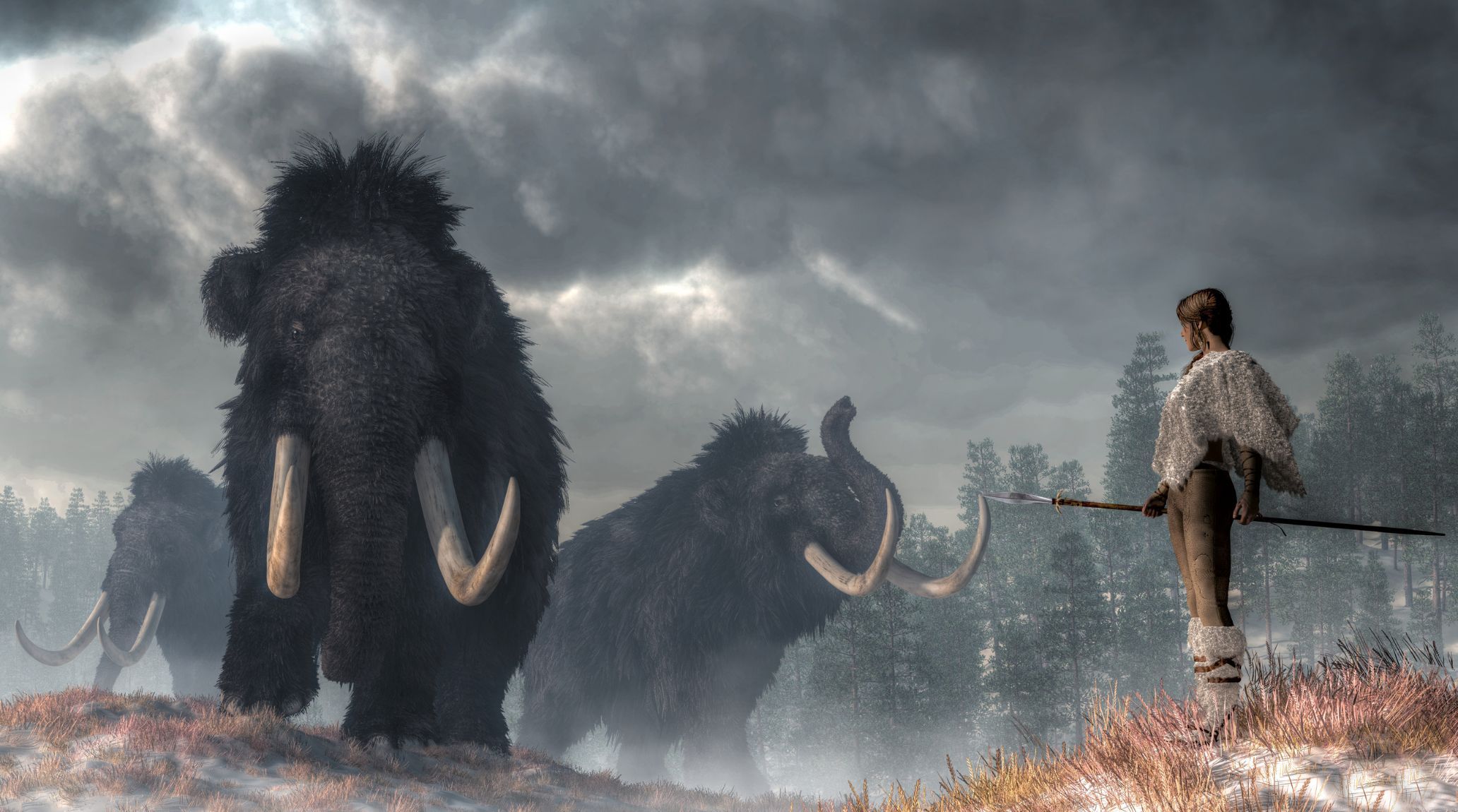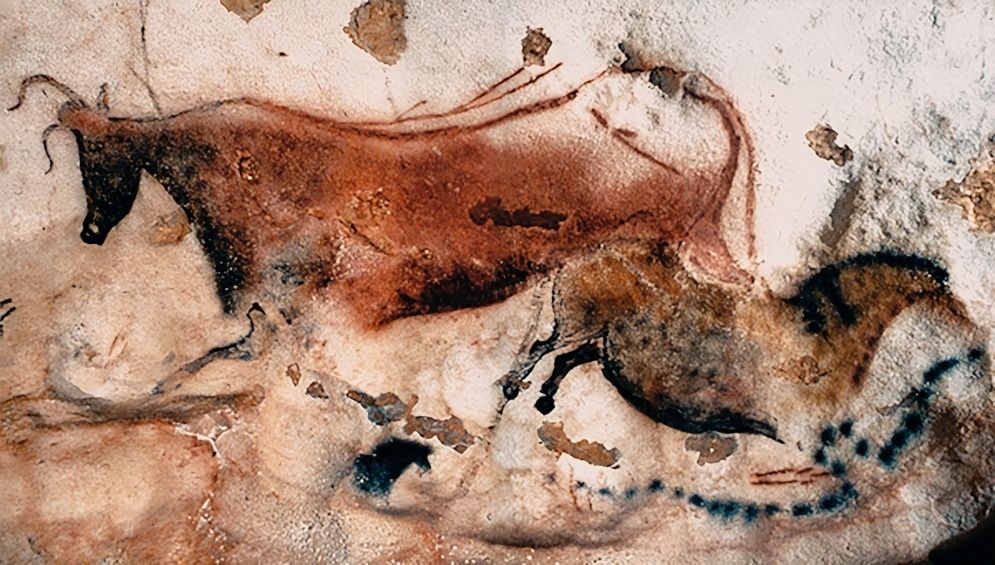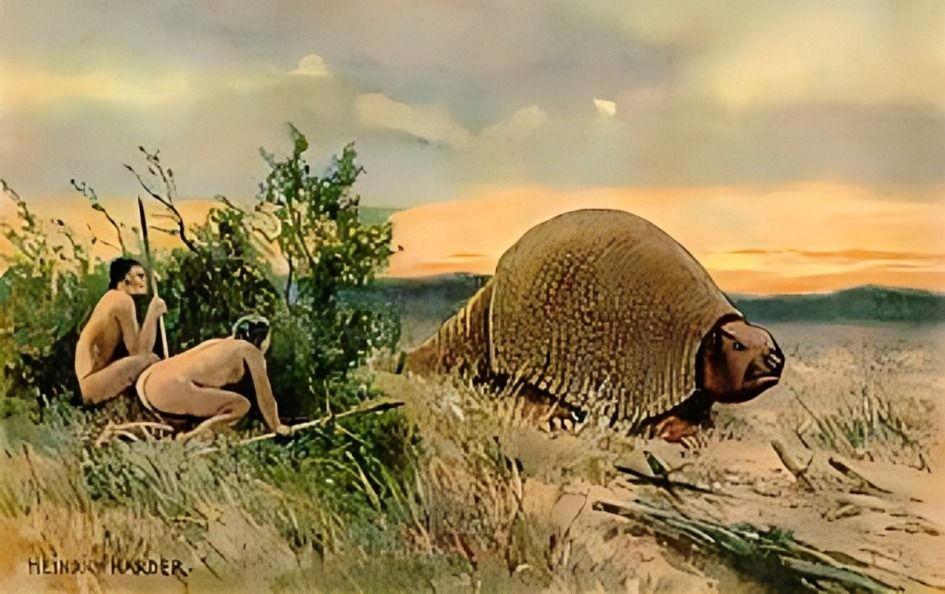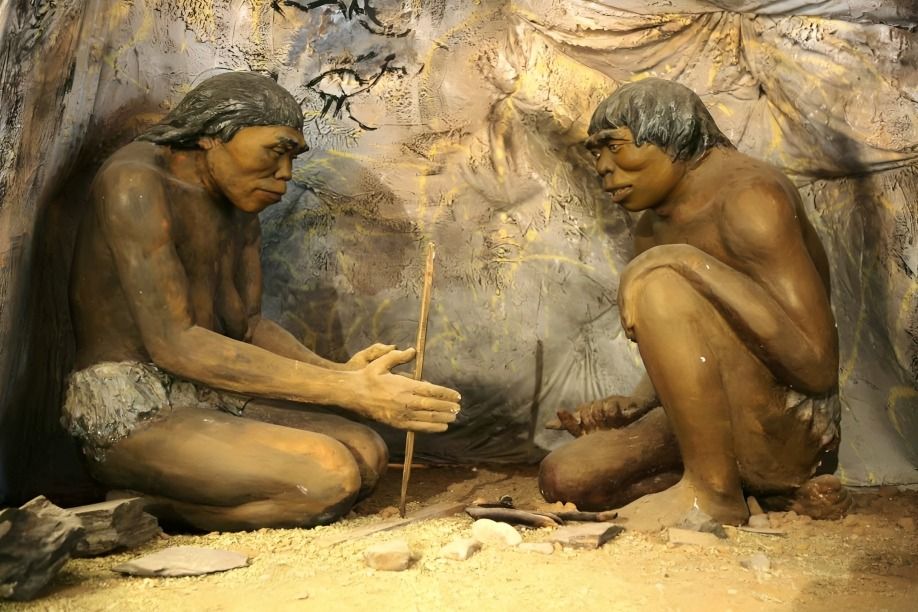
“
The Paleolithic Era represents a crucial period in human history, marked by significant developments in our early ancestors' daily life and survival strategies. This blog will delve into 20 fascinating Paleolithic Era Daily Life and Survival Facts, highlighting the innovations and social structures that emerged as early humans navigated their world. 1
1
1
1
”
Paleolithic hunter-gatherers relied on tools made from stone, bone, and wood for hunting and gathering. These simple yet effective tools were vital for daily survival and food acquisition.1
Living in small, nomadic groups, these early humans frequently moved to follow herds of animals and seasonal food sources, constantly adapting to changing environments to ensure survival.2
Unlike later agricultural societies, their varied diet consisted of wild game, fish, berries, nuts, and roots, providing essential nutrients without the monotony associated with farming practices.3
Fire played a crucial role in their lives, providing cooking methods, warmth, and protection from predators. Cooking food improved digestion and enhanced their overall health and safety.4
Gender roles within these societies were generally flexible; men typically hunted larger game while women gathered plant-based foods, both contributing equally to the group's overall survival and well-being.5
Communication among Paleolithic peoples likely involved a combination of verbal sounds and body language, effectively coordinating hunting activities and maintaining essential social bonds within their close-knit communities.6

Tools such as spears, arrows, and hand axes were essential for hunting large animals. These weapons were crafted with precision to improve survival in harsh and unforgiving environments.
Temporary shelters made from animal skins and bones were crucial for their nomadic lifestyle, allowing for quick setup and dismantling as they followed migrating herds in search of food.7
The average life expectancy for Paleolithic humans was around 30 years, though this varied significantly by region and available resources, with active lifestyles contributing to their overall health.8
Food preservation methods, such as drying meat and fish, were essential practices that allowed early humans to store food during times of abundance, ensuring provisions during scarce seasons ahead.9

Cave art, depicting various animals and hunting scenes, offers valuable insights into their daily lives and spiritual beliefs, suggesting that art held significant ritualistic and cultural importance.
Coordinated group efforts were necessary for hunting large game, such as mammoths. They often used natural features in the environment to trap animals, increasing their chances of success.10
Clothing made from animal skins provided warmth and protection in harsh climates. These garments were carefully crafted using bone needles and sinew to enhance their survival capabilities.11
Bone tools were widely used among Paleolithic hunter-gatherers, repurposed from the animals they hunted into various tools like needles and spear tips, showcasing their resourcefulness and ingenuity.12

Diets during this era were protein-rich, primarily sourced from hunting large mammals. This dietary emphasis on essential fats and nutrients was vital for survival, especially in colder climates.
The domestication of wolves likely occurred during the Paleolithic era, leading to a partnership with early humans. These domesticated animals assisted in hunting and tracking prey effectively.13
Burial rituals in Paleolithic societies were evidenced by graves containing personal items and tools, suggesting that these early humans had spiritual beliefs and viewed death as a significant transition.14
Early forms of medicine likely involved the use of various plants for healing, discovered through trial and error to identify which could effectively treat injuries and ailments.15

The division of labor within hunter-gatherer societies was flexible, with overlapping tasks among men, women, and children, allowing the group to adapt to changing circumstances and needs for survival.
Early humans skillfully navigated their environments using natural landmarks like rivers and stars, essential for tracking animal herds and locating new food sources to support their nomadic lifestyle.16


